The quest for the perfect pair of boxing gloves can be daunting, with countless options in terms of size, material, and style. Yet, choosing the right gloves is crucial for not only your comfort but also your protection and performance in the ring.
Remember the legendary match where Muhammad Ali, 'The Greatest,' floated like a butterfly against Joe Frazier? Ali's choice of gloves was as strategic as his footwork. He opted for lighter gloves, enhancing his famed speed and agility. This decision was pivotal in his victory.
However, through our testing of these gloves, we have discovered that choosing light gloves too soon in your boxing journey can cause wrist strains during training, which is why we recommend starting with heavier, more protective gloves as a beginner, gradually transitioning to lighter ones as your skills and confidence improve.
So, how do you find the best boxing gloves that meet all your needs? Let us help you navigate through the world of boxing gloves and discover the perfect pair tailored to your unique requirements, as we explore “how to choose boxing gloves” together.
Types of Boxing Gloves
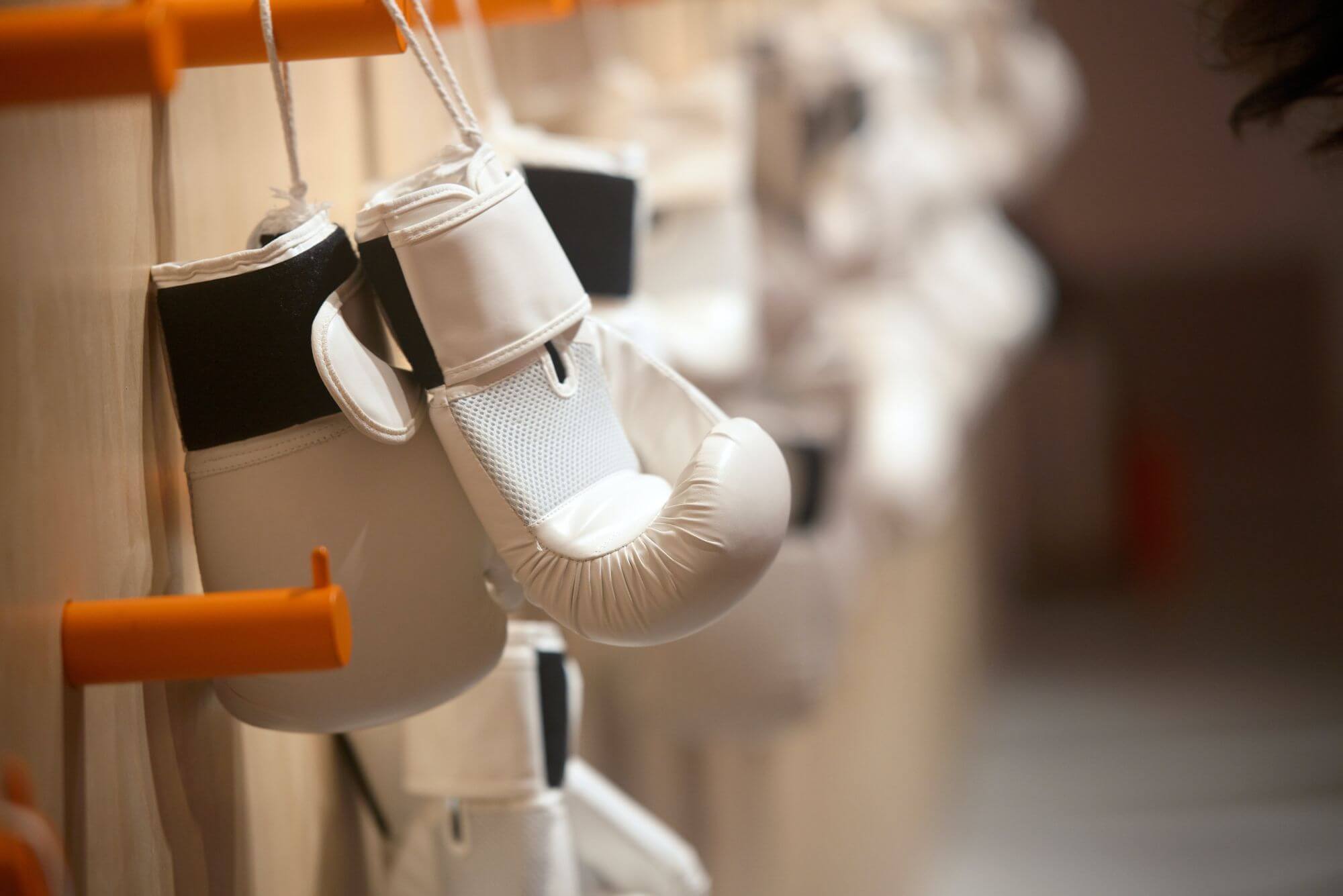
Boxing gloves come in various types, each designed for specific purposes and catering to different skill levels. From bag gloves and training gloves to sparring gloves and competition gloves, there’s a perfect pair for everyone.
Understanding the differences between these types of boxing gloves and their intended use is the first step toward finding the right boxing gloves for your boxing journey says Tommy Duquette, a former US Boxing Team member with over 130 fights, qualified as #2 seed for the Olympic trials in 2012, and now the co-founder of FightCamp.
We will now examine the unique features and benefits of each glove type.
Choosing the Right Glove for Your Training Needs
Selecting the right glove type is not just about comfort and fit; it's about aligning your gear with your training goals.
Beginners may benefit from the all-around functionality of training gloves, while advanced boxers might choose specific gloves for sparring sessions or competitions.
Always consider the primary use of the gloves to ensure they complement your boxing style and enhance your performance in the ring.
Bag Gloves
Bag gloves are designed primarily for heavy bag workouts, providing ample wrist support and knuckle protection. These gloves typically have less padding than sparring gloves, allowing you to feel your punches and correct your technique.
With the right size, bag gloves offer increased protection for the knuckles when repeating powerful punches on a heavy bag or boxing pads. However, some boxers may prefer using heavier boxing gloves for additional protection and to build strength during their training sessions.
Nonetheless, these gloves are ideal for boxers focusing on developing power and technique in their punches without the risk of sparring.
Look for bag gloves with sufficient padding for finger protection and a secure, comfortable fit to accommodate hand wraps inside the training glove.
Training Gloves
Training gloves are versatile all-around gloves suitable for bag work, pad work, and even light sparring. These gloves are constructed with a heavy and sturdy build to facilitate heavy bag workouts while also being designed to absorb shocks when engaging in sparring with a partner.
The padding of the gloves is sufficient for secure sparring, yet also lightweight enough for practice on a punching bag, making them suitable for beginners and intermediate boxers who need a multiple-purpose glove for different aspects of training.
Sparring Gloves
Sparring gloves, with their specific boxing glove weight range of 16-18 ounces, are designed for practicing with a partner, offering extra padding for safety. These gloves ensure protection for both you and your sparring partner.
The purpose of sparring gloves is to hone your skills and techniques without striking your opponent with maximum force, allowing both fighters to improve in a safe and controlled environment. Therefore, these gloves are ideal for boxers who engage in practice fights.
Competition Gloves
Competition gloves are designed for optimal performance in official matches, adhering to specific weight and padding requirements.
These gloves typically weigh either 8 oz. or 10 oz., with reduced padding compared to other gloves. Most sanctioning bodies, both amateur and professional, mandate leather gloves, which provide optimal protection and comfort for the boxer’s hands.
While the weight of a glove can influence the intensity of a punch, accuracy, velocity, and regularity are also important considerations in determining the power behind each strike.
These gloves are ideal for professional boxers competing in matches, where speed and power are critical.
MMA Gloves
MMA gloves are specifically designed for Mixed Martial Arts, offering flexibility for grappling. They have an open-finger design and less padding compared to traditional boxing gloves. Fighters who transition between boxing and grappling, require more dexterity and grip, which is why MMA gloves are perfect for them.
Boxing Glove Weights
Heavier Gloves (14-18 ounces) are suitable for beginners to learn and practice safely. This is because they provide more padding for hand and wrist protection, reducing injury risk, and they are ideal for training, as the extra weight builds muscular endurance and strength.
Lighter Gloves (10-12 ounces) are preferred by seasoned boxers for refining speed and agility. This is because they have less padding allowing for faster, more agile movements, crucial in competitive boxing. Also, light gloves demand higher skill and technique, enhancing punching accuracy.
Sizing and Weight: The Key to Comfort and Performance
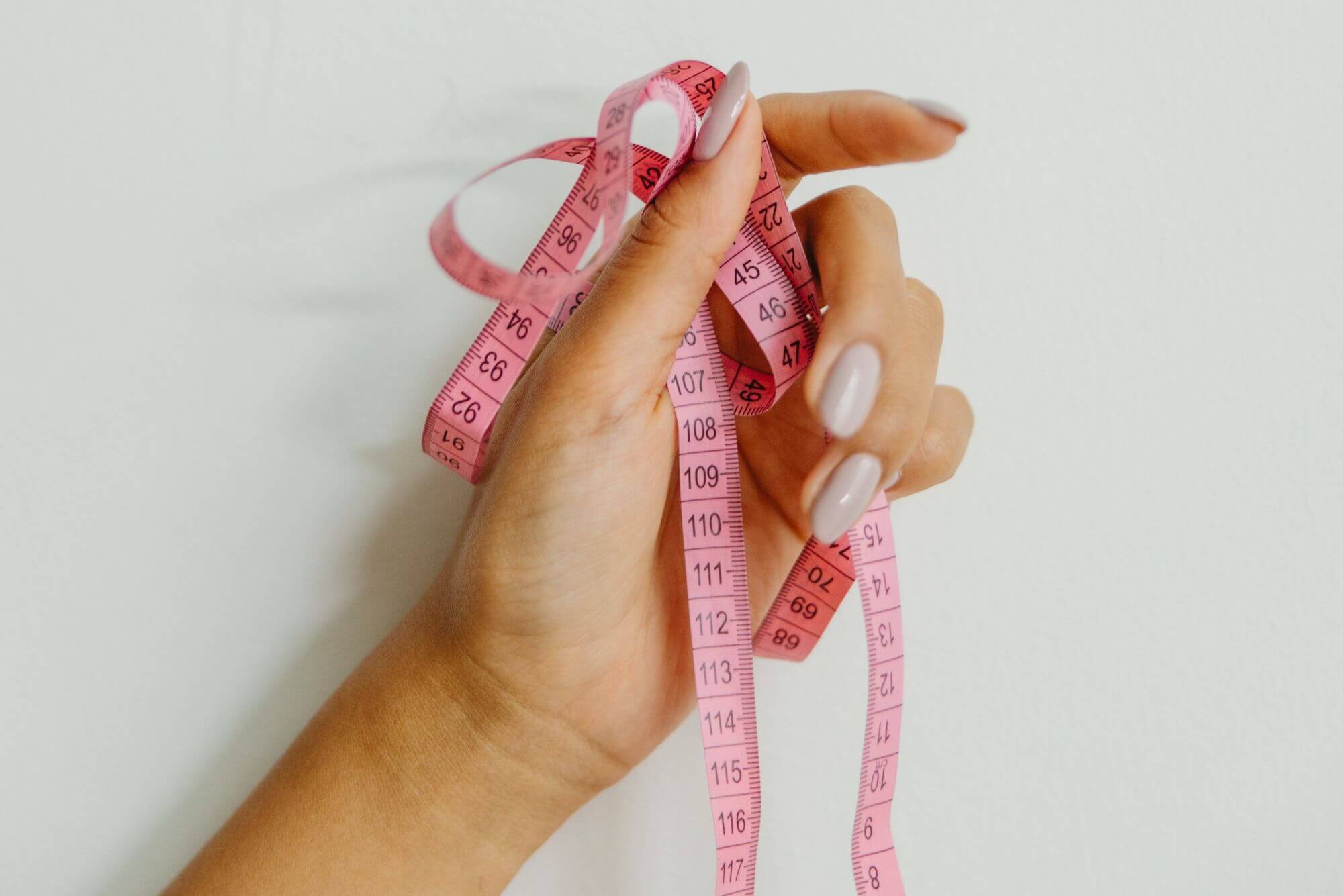
Selecting the right size boxing gloves is crucial for comfort and performance, as well as for protection and force absorption when punching. To find the perfect size boxing gloves, you must measure your hand size, factor in your body weight, and consider the intended use of the gloves.
Considering these factors will help ensure a snug fit for optimal hand protection, enabling you to deliver powerful punches confidently with your chosen boxing style.
Measuring Hand Size
Measuring your hand circumference is the first step in determining the correct glove size. Here’s how to do it:
- To get an accurate measurement, place a tape measure around your open, dominant hand just below the knuckles.
- Make sure the tape measure fits snugly and record the number.
- Keep in mind that men’s and women’s gloves may come in similar weights, but their actual sizes can differ, with women’s gloves often having a narrower internal hand compartment for a more precise fit.
Utilize sizing charts provided by glove manufacturers to find the right size based on your hand measurements.
Factoring in Body Weight
Your body weight plays a significant role in glove selection. The standard glove weights are 12, 14, and 16 ounces, with different weight classes having specific regulations regarding glove weight. Choosing the appropriate glove weight for your body weight ensures optimal performance and safety.
Not considering your body weight when selecting boxing gloves can lead to inadequate cushioning, protection, and difficulty executing proper techniques. Consult weight-based charts to determine the suitable glove size according to your body weight and dominant hand size.
Intended Use
Choosing the right glove size and weight based on the intended use is essential for comfort and performance. Here are some considerations:
- Bag gloves and training gloves usually require more padding on the knuckles to ensure adequate shock absorption during rigorous training.
- Sparring gloves have extra padding distributed across the glove for the protection of both fighters.
- Competition gloves may have less padding distribution to comply with specific regulations and requirements.
By understanding the intended use of each glove type, you can select the appropriate size and weight for your needs.
Leather vs. Synthetic Gloves
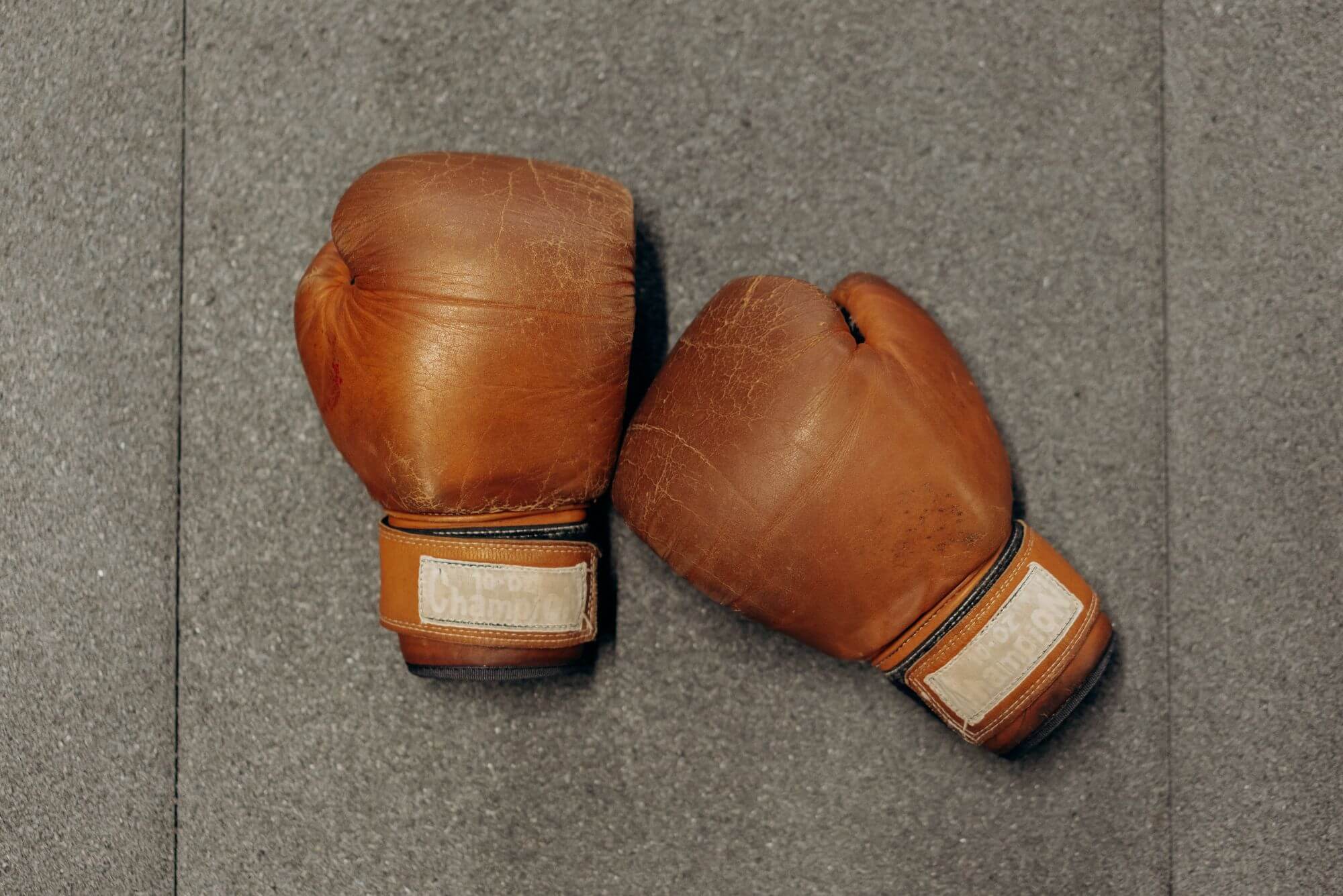
When it comes to boxing gloves, the material can make a significant difference in terms of durability, comfort, and protection. Leather and synthetic gloves each have their own set of advantages and drawbacks, with leather boxing gloves often being more durable and comfortable, while synthetic gloves may be more affordable and easier to maintain.
We will now delve into the differences between these two materials to aid in your decision-making process.
Leather Gloves
Leather gloves are known for their durability, comfort, and breathability. They come in various materials, such as cowhide leather, goatskin, deerskin, and genuine leather, as well as synthetic leathers like PU (polyurethane) leather.
They usually offer superior air circulation, keeping the hands cool and reducing sweat accumulation, which helps prevent discomfort and odor during long training sessions.
Additionally, they tend to mold to the shape of the hands over time, providing a more comfortable and customized fit compared to lighter gloves.
Synthetic Gloves
Synthetic gloves, typically made from materials like vinyl or polyurethane (PU), are often more affordable and require less maintenance. However, synthetic gloves may not offer the same level of durability and protection as leather gloves, with vinyl being a material to avoid for extended use.
When selecting synthetic gloves, it’s important to consider the trade-offs between cost and quality to find a pair that offers adequate protection and performance for your needs.
Renowned trainer Teddy Atlas emphasizes the importance of material choice: 'In my over 20 years of coaching, I've seen leather gloves outlast synthetic ones. They adapt to your hand shape and withstand rigorous training, making them a worthy investment for any serious boxer."
Laces or Velcro
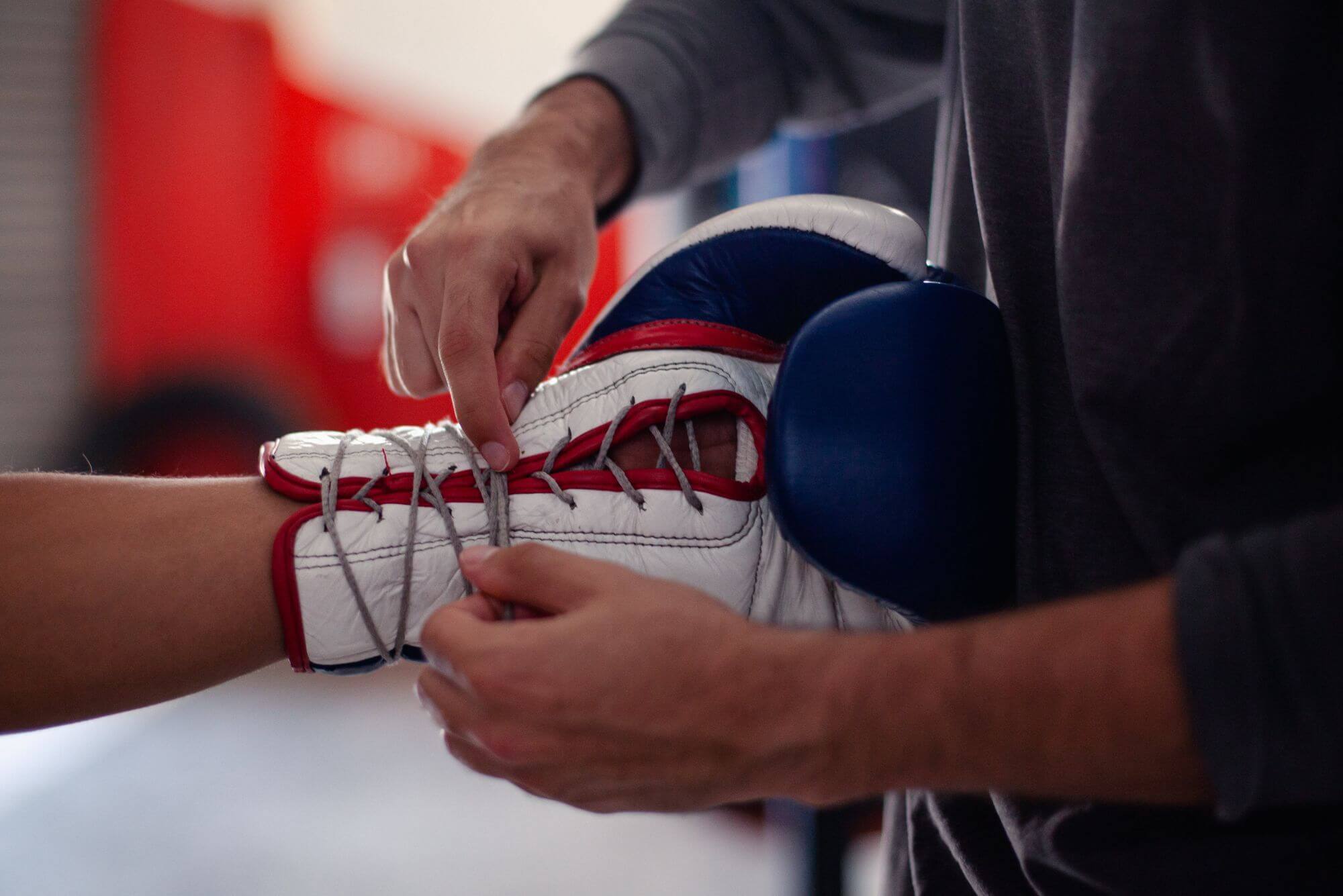
When it comes to securing your boxing gloves, both laces and velcro have their own set of advantages and disadvantages. Laces offer improved wrist protection but require help to tie and untie, while velcro provides convenience and ease of use but may not offer the same level of support as laces.
These two options will now be scrutinized to assist you in selecting the most effective method to secure your gloves.
Laces
Laces provide a secure, customizable fit but may require assistance to tie and untie. They are often preferred by professional boxers due to their enhanced wrist support and stability during intense training or fights. However, the need for assistance in tying and untying laces can be a drawback, especially for those who train alone.
Velcro
Velcro offers convenience and ease of use, making it a popular choice for many boxers, especially those who train alone or prefer a quick and simple method of securing their gloves. While velcro may not provide the same level of support as laces, it still offers adequate wrist protection and stability for most training scenarios.
However, it’s essential to ensure that the velcro is durable and can withstand repeated use, as worn-out velcro may compromise the glove’s security and protection.
Padding and Protection
Understanding the importance of padding and protection in boxing gloves is crucial to ensure safety in the ring. Different types of padding, such as foam and gel, offer varying levels of protection and shock absorption while padding distribution in gloves affects overall protection.
Gaining knowledge about the various types of padding and their distribution will aid you in choosing gloves that offer the best protection and performance for your specific requirements.
Padding Types
Here are some common types of padding:
- Foam padding: It provides good cushioning and protection.
- Gel padding: It is popular due to its lightweight nature and shock absorption capabilities.
- Air-filled padding: It is the lightest, but it does not provide the same level of protection as foam or gel padding.
The choice of padding type depends on your personal preferences and requirements, such as the level of protection needed and the desired glove weight.
Padding Distribution
Padding distribution in gloves affects overall protection, with more padding needed in areas of high impact, such as the knuckles. Gloves with more padding around the knuckles offer increased protection and decrease the likelihood of fractures and soft tissue injuries.
Furthermore, gloves with multi-layered foam padding provide enhanced impact absorption, which is beneficial for powerful punches.
Understanding the distribution of padding in boxing gloves can help you select a pair that offers optimal protection and performance.
Trying on Gloves: Tips for a Perfect Fit
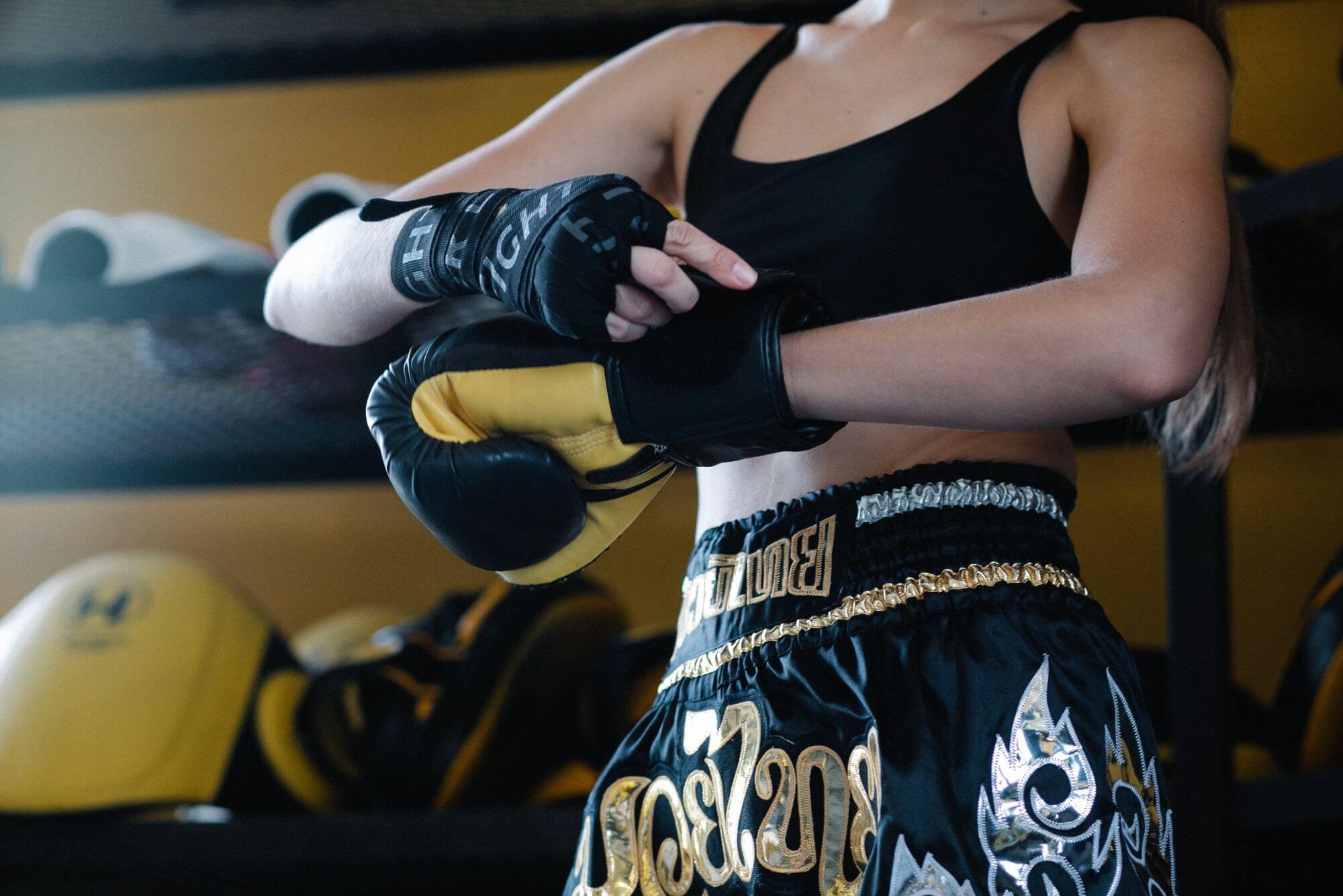
Trying on boxing gloves is an essential step in finding the perfect pair, as it allows you to assess the fit and feel of the gloves on your hands. To ensure a perfect fit, it’s important to wear hand wraps and ensure proper hand positioning within the glove.
Adhering to these tips will aid you in finding the best boxing gloves that ensure maximum comfort and protection during your boxing sessions.
Wearing Hand Wraps
Wearing hand wraps when trying on gloves is crucial to account for the additional space needed for the wraps. Hand wraps provide extra support and protection for your hands and wrists, helping to minimize the risk of injury during training and competition.
When trying on gloves, make sure to wear hand wraps to accurately assess the fit and ensure there is enough room for the wraps without compromising the gloves’ snugness and security.
Hand Positioning
Ensuring proper hand positioning within the glove is essential for optimal comfort and protection. When trying on gloves, make sure your hands are in a curved shape with your thumb separated from your four fingers. Your punches should land on the knuckles of your index and middle finger.
By maintaining the correct hand positioning, you can prevent injuries and ensure that your gloves provide the necessary support and protection during training and competition.
Budget Considerations
When choosing boxing gloves, it’s essential to balance quality and affordability to find the best pair for your needs and budget. Considering the price range of boxing gloves and the reputation of various brands will help you make a decision that ensures maximum value for your money, without sacrificing quality and protection.
Price Range
Understanding the price range of boxing gloves can help you determine a budget that meets your requirements without breaking the bank. The typical cost for a decent pair of boxing gloves is approximately $100, with prices ranging from $10 to $500.
By setting a budget based on your needs and preferences, you can narrow down your options and focus on finding a pair of gloves that offers the best value for your money.
Brand Reputation
Considering brand reputation and reviews is crucial when choosing boxing gloves, as it can ensure a quality purchase that meets your needs and expectations. Some brands that are known to offer an advantageous price-to-value ratio include:
- Everlast
- Ringside
- Century
- Under Armour
By researching various brands, reading customer reviews, and consulting professional opinions, you can find a pair of gloves that provides the perfect balance between quality and affordability.
The Best Boxing Gloves
If you're not keen on diving deep into various brands, sifting through customer reviews, or seeking professional opinions, then check out our other blog post about the best boxing gloves.
In this comprehensive guide, we've researched numerous brands, analyzed countless customer reviews, tested the boxing gloves, and consulted with experts in the boxing field to bring you a curated list of the top boxing gloves available. So, save yourself the hassle and look at our recommendations!
Summary
In conclusion, finding the perfect pair of boxing gloves involves considering various factors, such as glove type, size, weight, material, closure system, padding, and budget.
By understanding these factors and following the tips outlined in this guide, you can confidently select a pair of gloves that provides optimal comfort, protection, and performance during your boxing journey.
So, lace up or strap on your gloves and step into the ring with confidence, knowing you’ve made the right choice.



